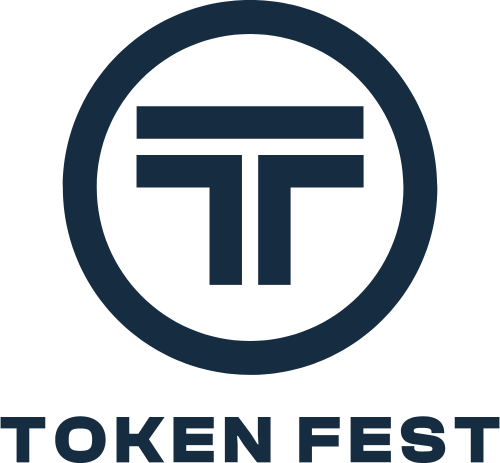New Guidance Offers Clarity for Payment Tokens, Differentiates Stablecoins from Investment Instruments
In a decisive regulatory move, the U.S. Securities and Exchange Commission (SEC) has confirmed that fiat-backed stablecoins—those supported by cash or equivalent reserves—do not qualify as securities under federal law. This long-awaited announcement offers much-needed clarity for stablecoin issuers, fintech platforms, and crypto payment providers that have been operating amid uncertain legal terrain.
A Functional, Not Financial, Role
In a public statement, the SEC clarified that fiat-pegged stablecoins designed to maintain a fixed value through dollar reserves are primarily used for transactions and value storage, not investment. Unlike traditional securities, they do not offer holders profit-sharing, governance rights, or claims to ownership—critical distinctions that exempt them from securities classification.
The agency relied on two foundational legal benchmarks—the Howey and Reves tests—to reach its conclusion. These tests evaluate whether an asset involves an investment of money with expectations of profit based on the efforts of others. Since stablecoins are structured for payments rather than speculative returns, they do not meet these criteria.
Covered Stablecoins: Criteria and Compliance
To qualify as a “Covered Stablecoin” under the new guidelines, a token must be redeemable at a fixed price and fully backed by liquid, low-risk assets, such as U.S. Treasury bills. Reserve assets must be segregated from the issuer’s corporate funds and shielded from external claims, ensuring that user funds remain protected. The SEC also suggests that some issuers may be required to provide transparent reserve reporting or third-party attestations.
Though these tokens may trade in secondary markets, their value remains stable due to automated arbitrage mechanisms. When demand pushes the price above its peg, new tokens are minted; when prices drop, tokens are redeemed and removed from circulation—helping to maintain parity with the U.S. dollar.
No Yield, No Problem
Another defining characteristic is the absence of yield for holders. While the underlying reserves may earn interest, that revenue is retained by the issuer rather than distributed to stablecoin users. This setup reinforces that fiat-backed stablecoins are not marketed as income-generating instruments, further distancing them from traditional financial products.
The Road Ahead
While this ruling simplifies compliance for fiat-backed tokens, the SEC emphasized that not all stablecoins are off the hook. Algorithmic, hybrid, or unbacked stablecoins remain under legal scrutiny and could face stricter oversight or alternative classifications in the future.
For now, the SEC’s position provides regulatory breathing room for USD-pegged stablecoins and their issuers. It’s a welcome development that could accelerate mainstream adoption by offering clarity, compliance guidelines, and investor confidence.
Disclaimer: This article is for informational purposes only. It is not financial advice. Always do your own research (DYOR) before investing in cryptocurrencies.

Andrej is an experienced content and copywriter who’s been creating impactful, engaging content since 2022. Though he’s worked across various of industries, he specializes in Crypto, Web3, and SaaS. From in-depth blog posts to high-converting web copy, he combines strategic thinking with a natural flair for storytelling to deliver content that not only informs but also resonates with readers





